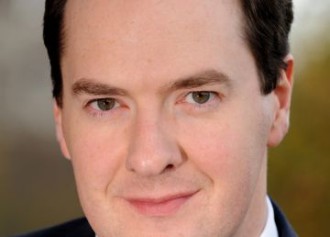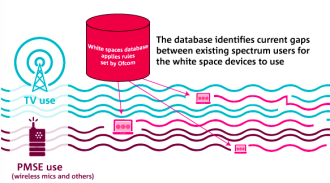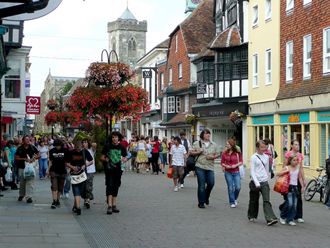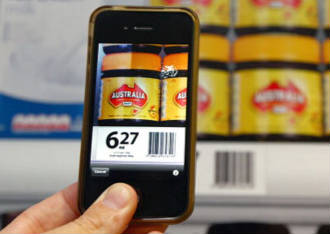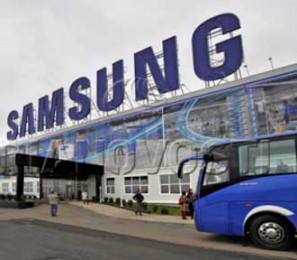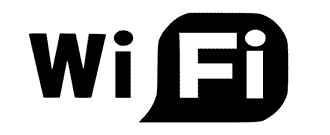 The Divination Department at Juniper Research has been chewing its laurel leaves and breathing in the vapours to give an oracle that predicts carriers will put more than four times the mobile data traffic onto Wi-Fi networks by 2019.
The Divination Department at Juniper Research has been chewing its laurel leaves and breathing in the vapours to give an oracle that predicts carriers will put more than four times the mobile data traffic onto Wi-Fi networks by 2019.
Mobile carriers will offload nearly 60 percent of mobile data traffic to Wi-Fi networks over the next four years.
Carriers in North America and Western Europe will be responsible for over 75 percent of the global mobile data being offloaded a spokes Juniper said.
The amount of smartphone and tablet data traffic on WiFi networks will increase to more than 115,000 petabytes by 2019, compared to under 30,000 petabytes this year, representing almost a four-fold increase.
Carrier Wi-Fi us has been increasing as many big mobile carriers and ISPs have deployed large numbers of Wi-Fi hotspots in cities using the existing infrastructure of their customers’ homes and businesses. This enables carriers to offload the saturated bandwidth on 3G and LTE networks.
Figures for 2013 put the total number of Wi-Fi hotspots owned by mobile operators worldwide at 6.5 million. That number is forecast to grow 62 percent by 2018 to 10.5 million.
The Juniper report thinks that small cells — femtocells, or low-power cellular base stations typically designed for use in a home or small business — will account for an increasing share of the data offloaded.
Juniper Research Chief augur Nitin Bhas said that with WiFi-integrated small cells, seamless data services can be extended to non-cellular devices as well, such as cameras and WiFi-only tablets, offering operators the opportunity to develop new revenue streams.
WiFi offloading currently offers a good solution to cellular data bottlenecks, but operators cannot rely solely on residential customers to carry the bulk of the data.
“Operators need to deploy [their] own WiFi zones in problematic areas or partner with WiFi hotspot operators and aggregators such as iPass and Boingo,” Bhas added.
